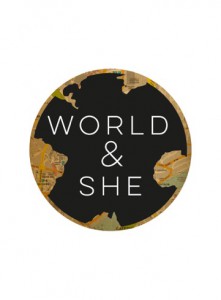Imperial Citadel of Thang Long in Hanoi

I loved Hanoi in all its noisy, congested glory and spent many hours wandering, deftly avoiding death by motorbike, on the streets of the Old Quarter, but after a while I felt like I could do with a bit of tranquility and a history lesson somewhere green.
This led me to the Imperial Citadel of Thang Long, the ancient remains of the Royal enclosure of the Ly Viet Dynasty. The complex marked the independence of the Vietnamese people after a thousand years of Chinese rule and dates back to the 11th century.
A bit of context regarding the Viet people from UNESCO.
The Viet or Kinh, the majority ethnic group in contemporary Vietnam, see themselves as a people that go back to the creation of the world, for which they have their own cosmogony. According to legend the foundation of the Empire dates back to the 3rd millennium BCE, when some fifteen kings and queens met to elect the first Emperor of the Nam Viet (the lands of the southern Viet).
via Central Sector of the Imperial Citadel of Thang Long – Hanoi – UNESCO World Heritage Centre.
Now that’s a creation myth.
Despite my love for museums I’m not a person who gets excited about archaeological sites. The chances of finding a dinosaur bone or a hoard of roman coins is slim and without any real understanding of the process of excavation you’re basically looking at rocks and mud. So I skipped the archeaological site which offers a rocky glimpse into the world of the 11th century Ly Viet Dynasty and went straight for the visible, above ground buildings.
The Imperial Citadel represents every significant layer of Vietnamese history from Chinese rule to the America-Vietnam War, literally from the ground up. Later dynasties, in particular the Nguyen Dynasty of the 19th and 20th century, built their own grandiose structures, followed by the French Colonial powers who put their own stamp on the place and finally the People’s Army of Vietnam who made the citadel their headquarters. A final layer has recently been added to this rich history in the form of sign posts, rest areas and souvenir shops – the era of international tourism.
If it’s a quiet day you can almost pretend you’re the only person there. And despite the tourist trappings and UNESCO world heritage status, I can’t help but feel that this place is yet to reach its final incarnation, like there’s another significant layer of history yet to be added and we need to enjoy these glorious ruins while we can.
